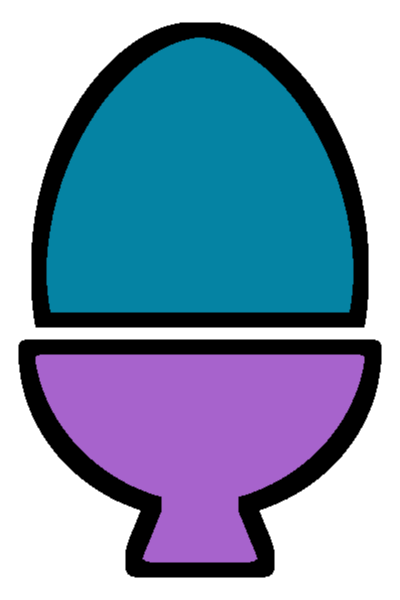
Yolk

What • Why • How • License • Credits
Warning: Yolk is currently in development. Things may break at any time!
Yolk is a domain-specific language that transpiles to YOLOL.
Yolk specializes in working with numbers and arrays.
YOLOL doesn't support arrays, so each element must be a separate variable.
// YOLOL
a_0=1 a_1=2 a_2=4 a_3=8
Yolk handles array expansion so that you don't have to.
// Yolk
let a = [1, 2, 4, 8];
In YOLOL, applying element-wise operations to an array is repetitive and error-prone.
// YOLOL
a_0=1 a_1=2 a_2=4 a_3=8
b_0=a_0^2 b_1=a_1^2 b_2=a_2^2 b_3=a_3^2
// Result: b_0 == 1, b_1 == 4, b_2 == 16, b_3 == 64
In Yolk, element-wise operations are powerful and concise.
// Yolk
let a = [1, 2, 4, 8];
let b = a ^ 2;
// Result: b == [1, 4, 16, 64]
Yolk's syntax is simple and beginner-friendly.
// This is a comment!
import a;
define b(c, d) = c + d;
let e = 0;
export f;
Yolk provides the same operators and precedence as YOLOL.
let number = 1 + 2 * 3;
// Result: number == 7
YOLOL chips are slow and have a limited amount of space.
Yolk aggressively optimizes your code to make it faster and smaller.
TODO
TODO
Logo derived from: Egg by David from the Noun Project